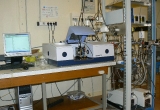PRONEXT (PROcessus NEbulaires à la surface des grains EXTraterrestres), is a commercial cell (from SPECAC) operating at different temperatures [300, 1000 K] and high pressures up to ~69 bar. It fits in the sample compartment of a Bruker VERTEX 70 FTIR spectrometer.
You are here
Tous les projets
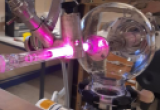
The system is associated with a mixing line and a pumping system. This makes it possible to control the composition of the initial gas mixture sent into the reactor and maintained at low pressure. The plasma that forms in the reactor is induced and maintained by a microwave discharge coupled with an Evenson cavity. The device is such that part of the solid organic matter produced is deposited in the form of a thin film directly on an ad hoc support, facilitating subsequent characterizations, particularly by infrared.
Contact : Donia Baklouti
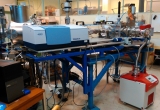
INGMAR (IrradiatioN de Glaces et Météorites Analysées par Réflectance VIS-IR
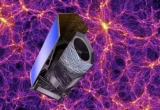
Euclid is an ESA mission that will map the geometry of the Dark Universe. The mission will investigate the distance-redshift relationship and the evolution of cosmic structures by measuring shapes and redshifts of galaxies and clusters of galaxies out to redshifts ~2, or equivalently to a look-back time of 10 billion years. In this way, Euclid will cover the entire period over which Dark Energy played a significant role in accelerating the expansion of the Universe.
Contact IAS: Nabila Aghanim & Hervé Dole
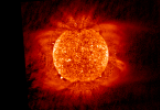
The Sun and its corona as seen by HECOR and HEIT: preliminary results.
Launched on September 14, 2009 from White Sands Missile Range (New Mexico), the Herschel sounding rocket was carrying two experiments with strong IAS participation: HECOR and HEIT.
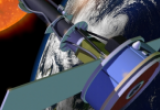
IRIS (Interface Region Imaging Spectrograph, NASA, launched in 2013) combines imagers and a spectrograph. The solar group gets interest in this mission for its diagnosis capacities of the solar plasma based on these two technics.
Contact: J-C Vial
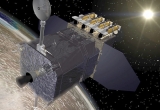
Data access: http://medoc-sdo.ias.u-psud.fr/
SDO: The Solar Dynamics Observatory is the first mission to be launched for NASA's Living With a Star (LWS) Program, a program designed to understand the causes of solar variability and its impacts on Earth. SDO is designed to help us in understanding the Sun's influence on Earth and near-earth space by studying the solar atmosphere on small scales of space and time and in many wavelengths simultaneously.
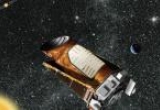
This mission (NASA, launched in 2009), following the path of Corot, combines also asteroseismology and the search of exoplanets. The stellar group is actively involved in the data analysis.
Contact: T. Appourchaux
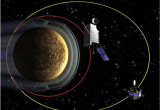
The BepiColombo mission was launched on October 19, 2018 for an arrival at Mercury in 2026. This ambitious mission will study all aspects of the closest planet to the sun, from interior to surface to magnetosphere. More details on the launch here.
Contacts : Yves Langevin, François Poulet, Mathieu Vincendon
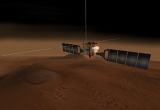
OMEGA is the spectro-imaging instrument of the ESA Mars-Express mission, inserted into Martian orbit the 25th of December 2003. The instrument has observed most of the Martian surface from a polar orbit, over several Martian years. As of 2023, OMEGA still operates on a daily basis, acquiring VIS-NIR (0.35-1.1 µm) reflectance spectra of the surface and atmosphere of Mars, and occasional Phobos during low altitude flybys. Infrared observations (2.5-5.2 µm) of the surface and atmosphere remain possible with OMEGA, they are acquired on-demand for high priority science targets.
| OMEGA has a new dedicated website with up-to-date information including current projects, detailed instrument description, access to both raw and high level data products: https://www.ias.u-psud.fr/omega/ |



